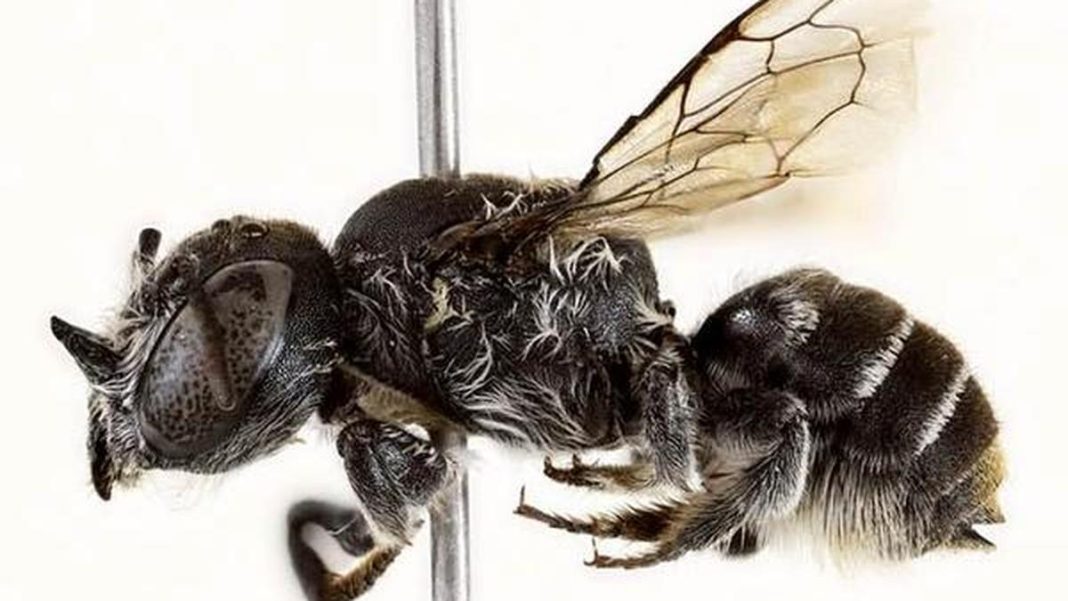Key Takeaways
- Australian scientists discovered a new ‘lucifer’ bee species with distinctive facial horns
- This is the first new member of its bee group described in over 20 years
- The discovery highlights the urgent need for better conservation of undiscovered species
Australian researchers have identified a remarkable new bee species with devil-like facial horns, named ‘Megachile (Hackeriapis) lucifer’ after the Netflix series character. The discovery marks the first new addition to this bee group in more than two decades.
Curtin University scientist Kit Prendergast found the unique insect in Western Australia while studying a critically endangered wildflower in 2019. She was immediately struck by the female bee’s unusual appearance.
“The female had these incredible little horns on her face,” she said.
Prendergast, a fan of the TV show “Lucifer,” found the name perfectly matched the bee’s distinctive devilish features.
Significance of the Discovery
The finding underscores how much biodiversity remains undiscovered, particularly in regions facing environmental threats. Prendergast hopes this discovery will highlight the importance of protecting potential unknown species.
“Many mining companies still don’t survey for native bees, so we may be missing undescribed species, including those that play crucial roles in supporting threatened plants and ecosystems,” she warned.
She emphasized the critical connection between native bees and plant survival, noting that habitat loss and climate change are pushing many vital pollinator species toward extinction.
“Without knowing which native bees exist and what plants they depend on, we risk losing both before we even realise they’re there.”
This discovery comes at a crucial time when almost all flowering plants depend on wild pollinators like bees for survival.




